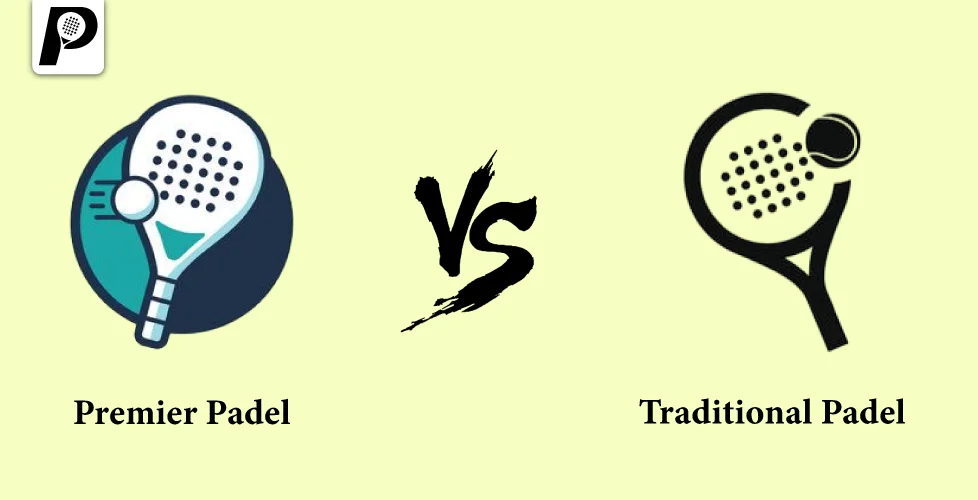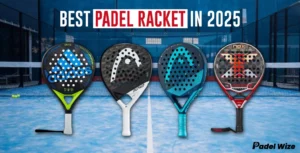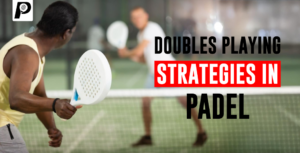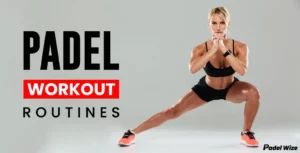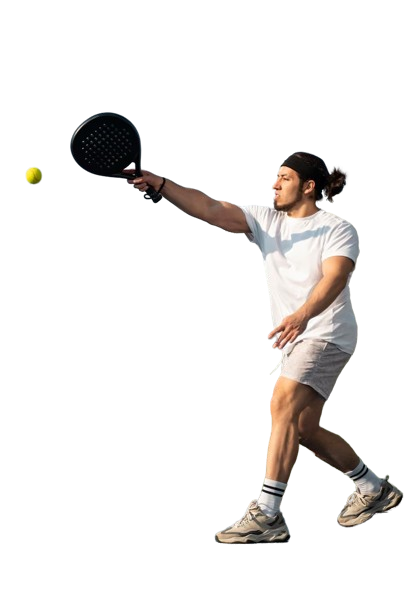Padel is a racquet sport that has been growing in popularity around the world, known for its fast-paced gameplay and unique blend of tennis and squash elements. While Traditional Padel has been enjoyed by enthusiasts for years, a new variation called Premier Padel is gaining traction, promising a fresh experience for players and fans alike. This blog will explore the key differences between Premier Padel and Traditional Padel, highlighting what sets them apart and how they each contribute to the sport’s evolution.
Related blog Padel Rules and Regulations: How to Play Like a Pro
1. Rules and Regulations
Understanding the rules and regulations of padel is essential for both players and enthusiasts. These guidelines ensure fair play and consistency in the sport, making it accessible and enjoyable for everyone.
Traditional Padel:
Traditional Padel is played on a court that is 10 meters wide and 20 meters long, surrounded by walls. The game is typically played in doubles, with each team of two players. The scoring system is similar to tennis, and the game begins with an underhand serve. The ball must bounce once on the opponent’s side before hitting the walls.
Premier Padel:
Premier Padel follows similar basic rules but includes some modifications to enhance the game’s pace and excitement. One of the key changes is the introduction of new scoring rules, which can include sudden-death points or shorter sets to make matches more dynamic. The court dimensions and equipment remain the same, but the emphasis is on speeding up the game and making it more viewer-friendly.
Related blog Padel Shoes: Key Features to Look for in 2024
2. Gameplay and Strategy
Mastering gameplay and strategy is crucial for success in any sport. Understanding the rules, refining techniques, and developing effective strategies can elevate your performance and outsmart your opponents.
Traditional Padel:
In Traditional Padel, players often focus on a combination of strategic placement and power. The walls play a significant role, as players use them to their advantage by creating angles and placing the ball in challenging spots for their opponents. The gameplay is characterized by long rallies and a mix of defensive and offensive strategies.
Premier Padel:
Premier Padel is designed to be more fast-paced, encouraging aggressive play and quicker points. The rule changes, such as shorter sets or sudden-death points, push players to be more decisive and take risks. This variation often sees more powerful shots and a faster overall tempo, appealing to players and spectators who enjoy high-energy sports.
Related blog What is Padel Sport? Key Facts and Tips for New Players
3. Professional Scene and Tournaments
The professional padel scene has rapidly evolved, featuring high-stakes tournaments and elite players from around the globe. These events showcase exceptional talent and bring thrilling competition to fans worldwide.
Traditional Padel:
Traditional Padel has established itself with numerous tournaments and a dedicated professional circuit. The sport has a strong following in countries like Spain, Argentina, and Mexico, with a growing presence in other regions. Tournaments range from local events to international championships, attracting a diverse group of players.
Premier Padel:
Premier Padel is relatively new but is quickly gaining recognition with its distinct format. It aims to attract a broader audience by offering a unique viewing experience. The professional circuit for Premier Padel is still developing, with new tournaments and competitions being established to showcase the sport’s top talent. The format’s appeal lies in its ability to create suspense and excitement, both for live audiences and broadcast viewers.
Related blog Organizing a Padel Deporte Tournament: A Step-by-Step Guide
4. Audience and Popularity
Premier Padel has rapidly gained a global audience, attracting enthusiasts and newcomers alike. Its rising popularity is fueled by exciting matches, star players, and a vibrant community, making it a central hub for padel fans worldwide.
Traditional Padel:
The traditional version of the sport has a dedicated fan base, particularly in Spanish-speaking countries. Its growth has been steady, driven by its accessibility and appeal to players of all ages and skill levels. The community around Traditional Padel is strong, with a focus on both recreational and competitive play.
Premier Padel:
Premier Padel seeks to expand the sport’s reach by targeting a broader, more global audience. The changes in gameplay and tournament structure aim to make the sport more engaging for spectators, with shorter, more intense matches. This approach is designed to appeal to a younger demographic and those looking for a fresh take on traditional sports.
5. Equipment and Gear
When it comes to padel, having the right equipment and gear is essential for optimal performance and enjoyment. From rackets to shoes, understanding the best options can significantly enhance your game.
Traditional Padel:
The equipment used in Traditional Padel includes a solid, perforated racquet and a ball similar to a tennis ball but with slightly less pressure. The court is enclosed, with walls that are integral to the gameplay. The gear and attire are generally similar to those used in tennis, focusing on comfort and performance.
Premier Padel:
Premier Padel uses the same basic equipment as Traditional Padel, but there is a growing trend toward specialized gear designed to enhance performance in the faster-paced environment. This includes racquets optimized for power and control, as well as apparel designed for quick movements and agility.
Related blog How to Improve Your Game with the Right Padel Racquet
Conclusion
While Premier Padel and Traditional Padel share many similarities, the key differences lie in their rules, gameplay, and audience focus. Premier Padel offers a modern twist on the classic game, catering to those seeking a more intense, fast-paced experience. Traditional Padel, on the other hand, retains its charm with strategic gameplay and a strong community. Both versions of the sport offer unique experiences, contributing to the growing popularity of padel worldwide. Whether you’re a player or a fan, there’s never been a better time to get involved and explore what each variation has to offer.

